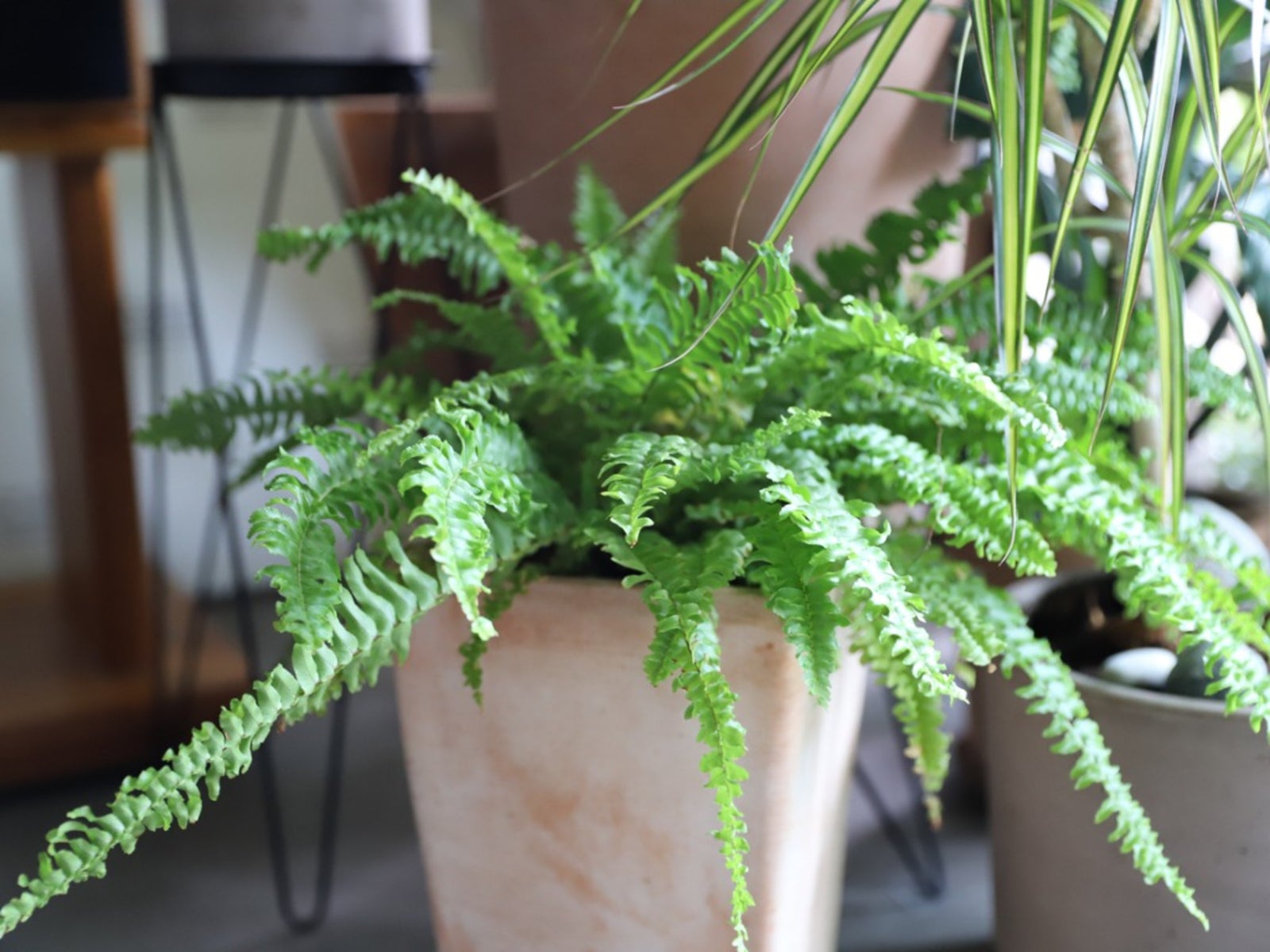Boston Fern Fertilizer - Tips For Fertilizing Boston Ferns


Boston ferns are among the most popular houseplant ferns. Many owners of these handsome plants wish to keep their plants happy and healthy through proper Boston fern fertilizing. This brings about the question of how to fertilize Boston ferns. Keep reading to learn the best practices for fertilizing Boston ferns.
How to Fertilize Boston Ferns
Boston ferns, like most ferns, are low feeders, meaning they tend to need less fertilizer than other plants; but just because they need less fertilizer doesn't mean that they don't need to be fertilized. Fertilizing Boston ferns properly at different times of the year is essential to growing beautiful Boston ferns.
Fertilizing Boston Ferns in Summer
Summer is when Boston ferns are in their active phase of growth; more growth means a higher need for nutrients. In the spring and summer, Boston ferns need to be fertilized once a month. The proper Boston fern fertilizer to use in summer is a water soluble fertilizer mixed at half strength. The fertilizer should have an NPK ratio of 20-10-20. During the summer you can supplement the monthly Boston fern fertilizer with slow release fertilizers. Again, when fertilizing Boston ferns, administer the slow release fertilizer at half rate recommend on the fertilizer container.
Fertilizing Boston Ferns In Winter
In the late fall and through winter, Boston ferns slow their growth significantly. This means that they need less fertilizer to grow. In fact, fertilizing Boston ferns too much during the winter is often the reason that Boston ferns die in the winter months. During the winter fertilize Boston ferns once every two to three months. Once again, you will want to fertilize your Boston fern at half the recommended rate on the fertilizer container. The proper Boston fern fertilizer for winter will have an NPK ratio between 20-10-20 and 15-0-15. In the winter it is also recommended that distilled water be used once a month to water the Boston fern to help flush out any salts that may have built up in the soil due to the Boston fern fertilizer that has been used.
Sign up for the Gardening Know How newsletter today and receive a free copy of our e-book "How to Grow Delicious Tomatoes".

Heather Rhoades founded Gardening Know How in 2007. She holds degrees from Cleveland State University and Northern Kentucky University. She is an avid gardener with a passion for community, and is a recipient of the Master Gardeners of Ohio Lifetime Achievement Award.